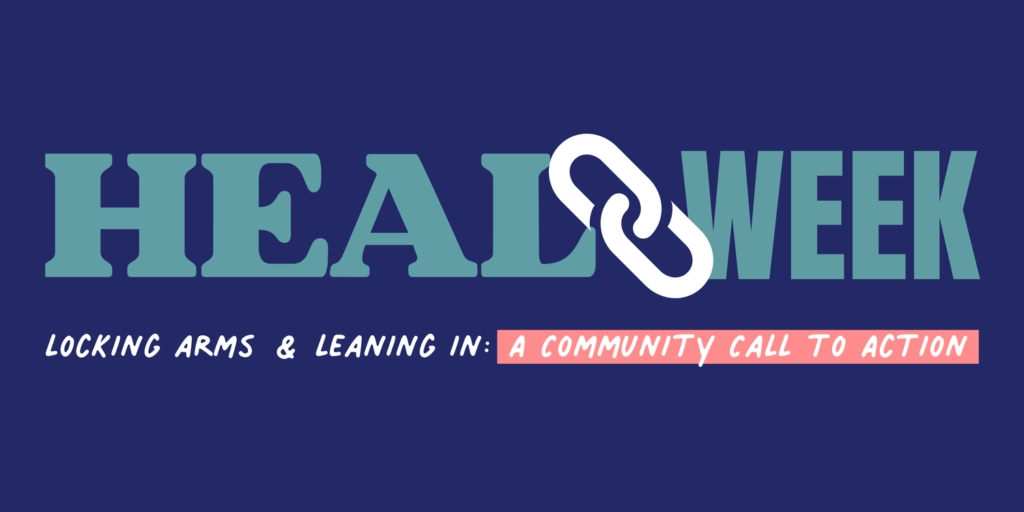
The stigma surrounding eating disorders contributes to a significant barrier to care, as it may discourage individuals from seeking help, impact our ability to spot warning signs, and decrease the likelihood of necessary medical intervention. Race, gender, identity, and body size are only a few factors that often increase stigma and decrease access to care.
Race
For example, research shows that BIPOC individuals who are struggling with eating disorders are less likely than non-minority individuals to be asked about potential eating disorder symptoms by medical professionals (Source 1). Although the rate of eating disorders does not change when compared to white people, BIPOC individuals are half as likely to receive a diagnosis, and Latinx clients were half as likely to receive treatment (Source 2).
Gender
Lapses in eating disorder care are also found across clients of different genders and sexualities. Men struggling with eating disorders are less likely than women to take their symptoms seriously, which in turn leads to their eating disorders often being more severe by the time medical care is sought out (Source 3). Even when men do seek care, there is an increased likelihood that they will be denied the treatment that a woman would be more readily offered (Source 4). Healthcare professionals are actively minimizing and overlooking symptoms of eating disorders in men, while women are up to five times more likely to receive a diagnosis that may lead to lifesaving care (Source 5).
Sexuality
LGBTQIA+ individuals also experience a high likelihood of discrimination, harassment, mistreatment, and denial of mental health care services, as compared to the general population (Source 6). 18% of 300,000 transgender college students surveyed report that they had an eating disorder within the previous year, while 74.8% of these transgender students had also attempted suicide within the same year (Source 7).
Body Size
Body size is another key factor in recognition of eating disorders. Those struggling with atypical anorexia nervosa are less likely to receive treatment than those diagnosed with anorexia (Source 8). Weight stigma is a serious concern when it comes to barriers to care, as the majority of clients struggling with weight stigma end up not seeking healthcare when health issues arise (Source 9).
Athletes
We are also seeing stigma toward athletes, as they are often held to specific standards and expectations and therefore often hit roadblocks when seeking treatment for eating disorders. This can be further impacted by an athlete’s sport, as certain sports have more of an emphasis on body composition and aesthetic (Source 10).

